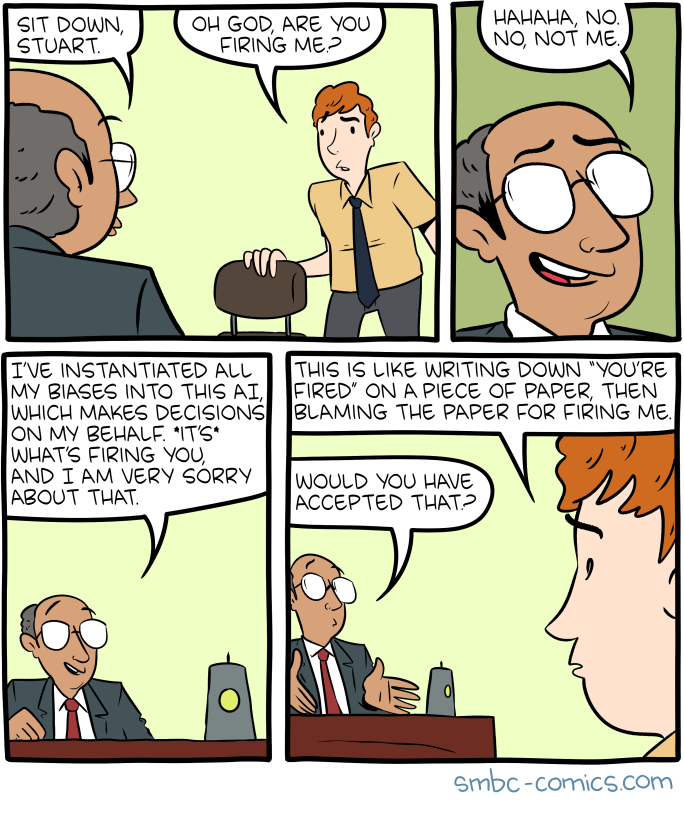Women's Romanization for Hong Kong
The Hong Kong extradition bill protests, with hundreds of thousands of people, sometimes even a million or two million people (out of a total population of 7.392 million) on the streets, have been going on for more than 11 weeks, with no end in sight, even though the PRC keeps threatening to invade. One of the main problems the protesters face is how to deal with infiltrators from the north who pretend to be protesters, but promote violence and beat up the Hong Kong people. Here's one way the Hongkongers are using to expose the intruders:
To avoid infiltration from non-HKers, protesters are using a ‘new’ form of cryptic online communication: pseudo Cantonese romanisation. This form of Cantonese is common in messaging among youngsters to simplify typing. pic.twitter.com/xIhiP7M04F
— Daniel Suen (@danielchsuen) August 17, 2019
Read the rest of this entry »




